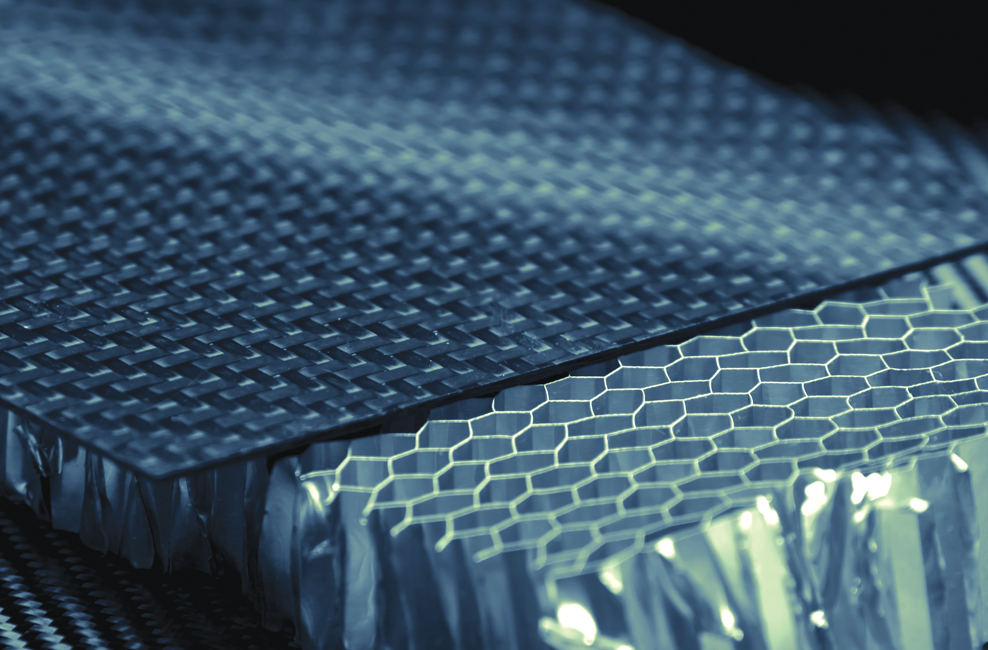Composite materials, composite materials, composite materials. Get it tattooed on your chest. Name your next kid after it. Change the wallpaper on your phone. Whatever you need to do to keep it at the forefront of your mind… DO IT. This is not a drill!
Fix me a sandwich
Composite is the buzzword of the previous decade in materials science and engineering. It is more prevalent in your life than you may first think when you read the words. Firstly, you should know the broad definition of a composite material.
A composite is the combination of two or more distinct materials to achieve certain properties that cannot be met by standard alloys, ceramics or polymeric materials. It generally has a series of layers in the form of hardened particles, fibres or structures with a soft or flexible core.
The composites that we are most excited about in the cabinetmaking industry is structural composites in the form of sandwich panels.
Here are some everyday examples from our industry to elaborate:
- Laminated MDF board is a structural composite material. The high-pressure laminate is the hardened outer layer and the MDF is the core.
- Timber is the only known natural composite material. The grains comprise of cellulose fibres in a lignin matrix. This is what gives timber a higher strength along the grain than across it. When plywood is made the cellulose fibres are orientated differently in each layer to offer the most amount of strength
- Aluminium composite panel uses aluminium sheet as the hardened outer layer and then has a polymer core
Modern manufacturers are constantly looking for materials that are strong, lightweight, cost effective and visually appealing to fulfil their increasingly ambitious designs. Composites make this possible by allowing the designer to hand-pick the materials with the best properties and combine them.
Particularly used in aerospace and mega structures, composite materials such as honeycomb core sandwich panels (figure 1), s-flute panels, steel foam sandwich panels not to mention fibreglass, carbon-fibre (figure 2) and magnetic sandwich panels can be used in applications that would exceed the capabilities of standard materials.
Before, your designers go all Van Gogh and cut their ears off. The manufacturers must also innovate and utilise technology to successfully machine these materials. Some of the materials mentioned here do require specialised machinery, but for the most part, a normal CNC and a couple tools will open a whole new world of capabilities.
For instance, the new Panel Tools Burr Tool is the compression cutter of harsh composites. It has a unique geometry and a DLC coating which allows it to cut through fibreglass, carbo-fibre, aluminium honeycomb core and other composite or sandwich panels on a standard flatbed CNC!
Pictured: Honeycomb core sandwich panels.

